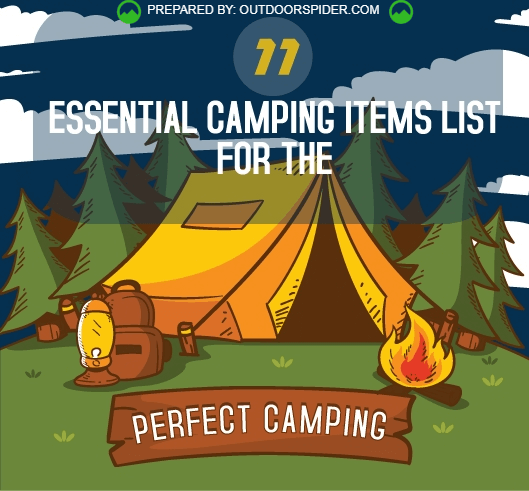As outdoor camping advanced to show a more comprehensive social shift toward mindfulness and sustainability, camping tent design did the same. Whether it's through intuitive setup options or the application of Fitts' Legislation, modern camping tent style remains to innovate and broaden camper's alternatives for outdoor expedition.
The wedge tent, additionally known as a wall outdoor tents, can be constructed by putting up the ridgepole atop upright posts and loosely staking down each side. This enables even more living and walking around space than an A-frame camping tent.
The A-Frame
Among one of the most renowned tent styles is a conventional A-frame. This framework takes its name from its roofline, which appears like the capital letter A. This shape creates a vaulted ceiling that offers an open, sizable feeling inside the home. The sloping walls also make second-level loft space areas suitable for sleeping.
In the past, a good scout might set up a canvas A-frame camping tent in 2 mins or much less. A modern-day A-frame cabin can supply the exact same simplicity of setup, however with much better weather defense and even more functional space.
A-frames are an excellent instance of functional design, which stresses lowering the intricacy of a product so that it can be more conveniently understood and utilized. Today, UI/UX designers use this principle to craft intuitive interface that enable customers to attain their goals with maximum efficiency. This approach mirrors the A-frame's beginnings as a solution to human requirements. The simplicity of A-frames additionally mirrors a wish for exterior experiences that balance technological advancement with a deeper connection to nature.
The Wedge
Whether you are new to wall tents or are a seasoned camper, choosing the right framework for your canvas sanctuary can feel like a frustrating experience at first. With a lot of options for material, frameworks and degrees of defense from the components to take into consideration, you can easily get shed in a sea of jargon.
Fortunately, navigating the world of wall surface outdoors tents doesn't have to be so complicated. We have actually established our own system to aid you simplify your decisions. With our easy Wedge design, we've removed the demand for complex material and frame options so you can spend even more time appreciating your journey and much less time worrying about your shelter.
The Baker
The baker tent is a changed lean-to style tent. It is a really versatile and valuable shelter that can be zoomed limited against the aspects or opened to let in the warmth of a reflector campfire. The baker was the camping tent of choice of several logging camps and wild canoe adventurers in the 1800's. The baker tent additionally gained reusable bag prestige in the early 1900's when nationally recognized outside author Horace Kephart used a baker outdoor tents at his well-known base camp on Dicks Creek in North Carolina.
Picking the ideal interior frame, tube size and fabrication is an essential factor in identifying the strength of your wall camping tent and exactly how it will handle changing climate condition. In addition, a significant part of your wall camping tent's longevity and functionality is established by the therapy that it has actually gone through. Bravo's bonded steel inner structures are constructed making use of remarkable 1 3/8 inch galvanized tubing and strong bonded angle packages that are braced for added toughness.
The Whelen
In a time of increasing industrialization and urbanization, camping was a stepping back to fundamental nature admiration. It used an opportunity to value blemishes in materials and asymmetry of the landscape, to accept the transience of day-to-day rhythms of increasing, relocating, resting, and resting, and to get in touch with the environment at an exceptionally human degree.
Early tent designs were crafted with an eye to economic situation of room and weight, yet we have seen an abandonment of these conventional ideas toward bigger, gangly layouts that take longer to set up, call for more careful planning of the footprint, and deal less in regards to weather defense. In this way, the modern-day outdoor tents mirrors a societal shift far from technological advancement and towards mindfulness, sustainability, and gratitude for a more environment. Just like outdoors tents, UI/UX style is also centered on meeting human demands. Fitts' Legislation, for instance, instructs us to focus on the size and distance of interactive elements in order to assist in quicker and much more reliable customer interactions.
